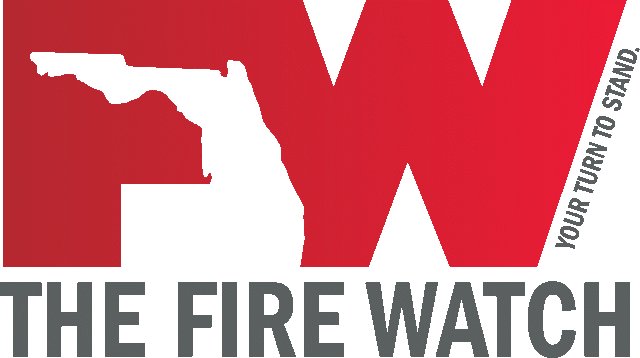The Fire Watch aims to prevent veteran suicide once and for all
The Fire Watch is taking a unique approach in the fight against veteran suicide and the community is a big part of it.
It uses a grassroots program that uses community members known as “watch standers” to prevent veteran suicide instead of treating it.
“We’re doing something unique,” The Fire Watch Executive Director Nick Howland said. “For the last 10 years, the attempted solution has been treatment, which the VA has put billions of dollars into. Our goal is focused on prevention and not allowing it to get to the point where you need treatment.”
The nonprofit organization began in 2019 after receiving support from the county commissions within its five-county coverage area, that includes St. Johns, Duval, Clay, Baker, and Nassau counties.
“It was created by an interlocked agreement by county commissioners,” Howland said.
In 2018, 6,435 veterans committed suicide in the United States, 577 in Florida and 61 in Northeast Florida.
However, that number increased to 78 in Northeast Florida in 2019, which is equivalent to losing more than one veteran a week to suicide locally. The 2020 numbers were not yet available.
There are more than 150,000 veterans in Northeast Florida, according to The Fire Watch website.
According to Howland, the watch standers idea was based off the CPR initiative that came into effect in the ‘70s and ‘80s and had a role in lessening the number of people dying from heart-related problems.
“This doesn’t make people experts, but it makes them more aware of the signs than they were before,” Howland said. “It’s all about getting veterans to solutions early.”
By the community understanding the warning signs of veteran suicide and what to do to get help when spotted, it creates a wider safety net that veterans can rely on.
Those warning signs can be prompted by many types of stress in one’s life, including that related to financial, physical or the mental distress veterans encounter after returning home from tours of duty.
Howland acknowledged that it can be difficult to ask for help on one’s own, but when someone is there to talk to about it, asking for help can become much easier.
“Many suicide survivors will tell you that even if one person came up to them, they would not have attempted it,” Howland said.
Since the watch standers program was launched in May 2020, it has continued to grow to about 1,300 current members.
“We’re getting such great support from everyone in our community, from the residents to the county leaders,” Howland said. “It doesn’t matter what side of the political aisle you are on, it is a cause you can get behind.”
According to Howland, the amount of success the program has showed in Northeast Florida has caught the eye of state leaders and there is a plan in place to expand the watch standers initiative to a statewide level once the necessary funding is sorted out.
“Everyone wants to do more than just thank a veteran, and this is a way to give back,” Howland said. “If they come across a veteran showing signs, they can talk to them and get them the resources they need for help.”
The process to become a watch stander is simple and something that Howland encourages anybody to consider.
Becoming a watch stander is free and requires visiting www.thefirewatch.org/watch-standers and watching 30- to 45-minutes of informational video.
“We don’t want money to be a barrier that keeps people from helping,” Howland said. “There’s a role for everybody to play.”
Residents can also donate to the cause by clicking on the “donate” button on the website or can call 904-834-9420 or email info@thefirewatch.org for more information.
One of the biggest recent advancements for The Fire Watch is the ability to obtain acquisition of census-level data, which they use to see where the hot spots are in Northeast Florida to have a better understanding of where they need to focus their attention on getting more watch standers.
“For the last 20 years, the only one collecting data was the VA, and they only collected it at the state level,” Howland said. “We’ve gotten together with NLP Logix and the Florida Department of Health to begin collecting our own data. It’s a leap forward in effectiveness.”







